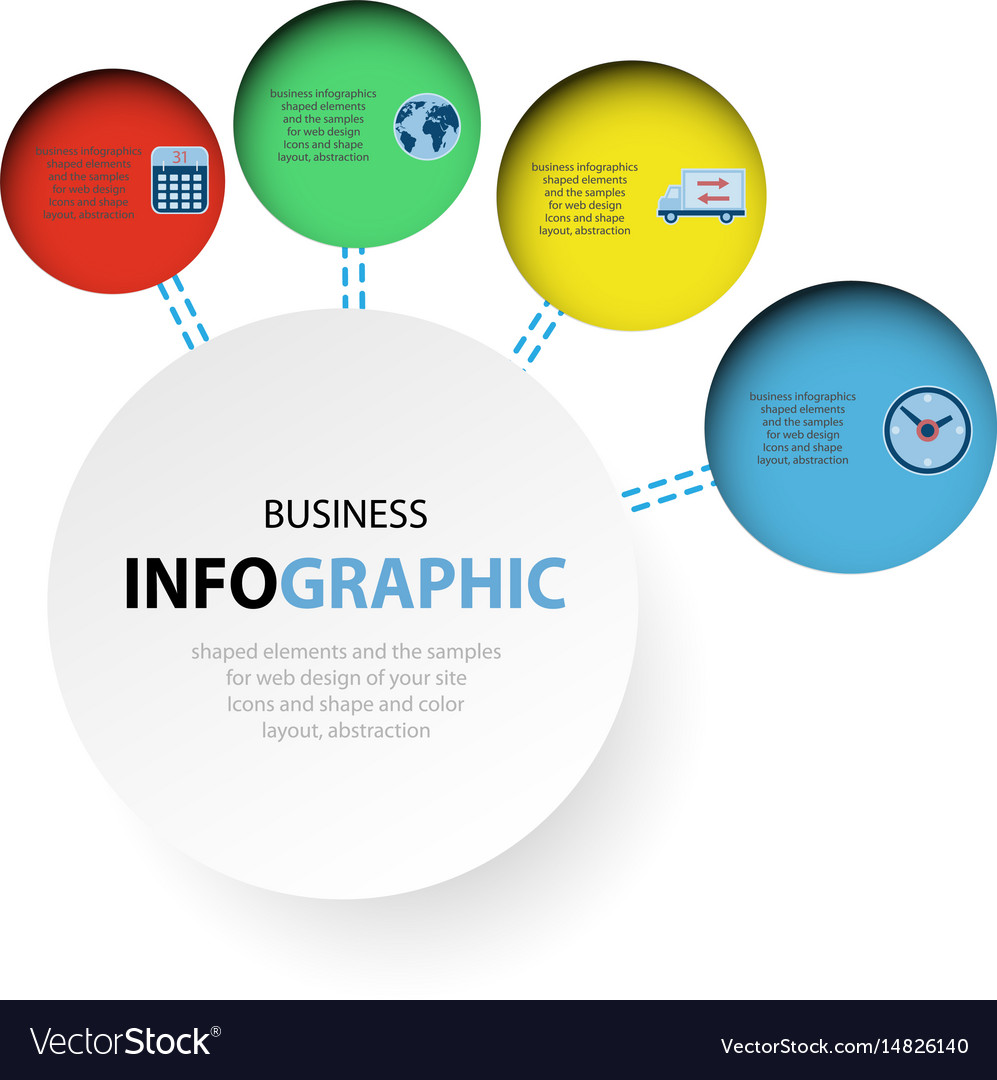Fascinated In Discovering Just How Web Site Design Has Evolved For Many Years? Check Out The Journey From Straightforward Designs To User-Centered Approaches
Fascinated In Discovering Just How Web Site Design Has Evolved For Many Years? Check Out The Journey From Straightforward Designs To User-Centered Approaches
Blog Article
Composed By-Bradshaw Trolle
In the past, sites were simple and concentrated on details. Navigating was straight, and design was for desktops. Now, https://adage.com/live-blog/how-brands-marketers-use-nfts-updated-list is key. Information guides layouts for very easy navigating. Responsive formats fit various devices. Today, dark mode minimizes pressure, and minimal food selections enhance navigating. Interactive features involve customers, and bold visuals attract attention. AI combination enhances involvement. See exactly how style has actually progressed to improve your on-line journey.
Early Days of Web Design
In the early days of web design, simplicity reigned supreme. Internet sites were fundamental, with limited shades, font styles, and designs. The emphasis got on offering information rather than flashy visuals. Customers accessed the web through sluggish dial-up links, so speed and performance were vital.
Navigation food selections were straightforward, usually located on top or side of the web page. Web sites were created for home computer, as mobile browsing had not been yet widespread. Content was king, and designers prioritized simple readability over intricate layout elements.
HTML was the key coding language used, and developers needed to work within its constraints. Animations and interactive functions were marginal contrasted to today's standards. Sites were static, with little dynamic web content or individualized customer experiences.
Increase of User-Focused Design
With the development of site style, a change in the direction of user-focused style concepts has come to be progressively prominent. Today, developing web sites that focus on individual experience is crucial for involving visitors and attaining service objectives. User-focused design involves recognizing the demands, preferences, and habits of your target market to tailor the web site's design, web content, and features appropriately.
Designers now carry out extensive study, such as customer surveys and functionality testing, to gather understandings and feedback straight from users. This data-driven technique assists in creating instinctive navigation, clear calls-to-action, and aesthetically appealing user interfaces that reverberate with site visitors. By putting the customer at the facility of the design procedure, websites can provide a more individualized and satisfying experience.
Receptive layout has likewise emerged as an essential aspect of user-focused layout, guaranteeing that sites are optimized for various devices and screen sizes. This versatility enhances availability and functionality, accommodating the varied means customers interact with web sites today. Essentially, the increase of user-focused layout symbolizes a shift towards producing digital experiences that prioritize the needs and assumptions of completion customer.
Modern Trends in Web Design
Discover the latest trends forming web design today. One famous pattern is dark setting design, offering a sleek and modern-day look while lowering eye strain in low-light environments. Another crucial fad is minimal navigation, streamlining menus and improving customer experience by concentrating on essential elements. Integrating micro-interactions, such as computer animated buttons or scrolling effects, can develop a more interesting and interactive site. Responsive layout remains important, ensuring smooth individual experiences throughout various devices. Additionally, making use of strong typography and asymmetrical formats can add visual interest and accentuate certain material.
Incorporating AI modern technology, like chatbots for client support or customized recommendations, improves user involvement and simplifies processes. Accessibility has additionally end up being a substantial trend, with developers prioritizing inclusive style techniques to cater to varied customer requirements. https://www.searchenginejournal.com/google-shares-seo-tips-for-single-page-apps/384100/ by optimizing site performance for rate and efficiency is another emerging fad in web design. Working together with individual responses and information analytics to iterate and boost design continually is vital for staying appropriate in the ever-evolving electronic landscape. By embracing these modern-day fads, you can develop a visually enticing, easy to use internet site that reverberates with your audience.
Verdict
As you assess the advancement of internet site design from the very early days to currently, you can see how user-focused style has actually become the driving pressure behind contemporary fads.
Accept the journey of change and adjustment in web design, always keeping the customer experience at the forefront.
Tippingpointdigital
Keep existing with the current patterns and modern technologies, and never ever quit evolving your technique to develop visually sensational and easy to use web sites.
Develop, adjust, and develop - the future of website design remains in your hands.
